Compact Brussels Sprout Growing: Your Guide to a Bountiful Harvest in Small Spaces
Compact Brussels sprout growing is more achievable than you might think! I’ve always loved the taste of these little green gems, but the space required for traditional varieties always seemed daunting. That’s why I’m so excited to share my tips and tricks for successfully growing these delicious vegetables, even if you only have a small balcony or a limited garden plot. This DIY guide is packed with practical advice and clever hacks to help you maximize your yield, no matter the size of your growing area.
Historically, Brussels sprouts have a rich history, originating in Belgium (hence the name!). For centuries, they’ve been a staple in European cuisine, prized for their nutritional value and unique flavor. But growing them successfully requires a little know-how, especially when space is at a premium. That’s where compact varieties come in – they’re a game-changer for urban gardeners and anyone with limited space.
Why Choose Compact Brussels Sprout Growing?
Let’s face it, fresh, homegrown Brussels sprouts are simply unbeatable. They taste far superior to store-bought ones, and knowing exactly where your food comes from is incredibly rewarding. But beyond the deliciousness, compact Brussels sprout growing allows you to enjoy this healthy vegetable even if you don’t have acres of land. This guide will empower you to cultivate your own delicious harvest, no matter how small your garden might be. You’ll learn about choosing the right compact variety, optimizing your planting technique, and dealing with common challenges – all to ensure a successful and abundant harvest of these nutritious little sprouts. So, let’s get started on your journey to compact Brussels sprout growing success!
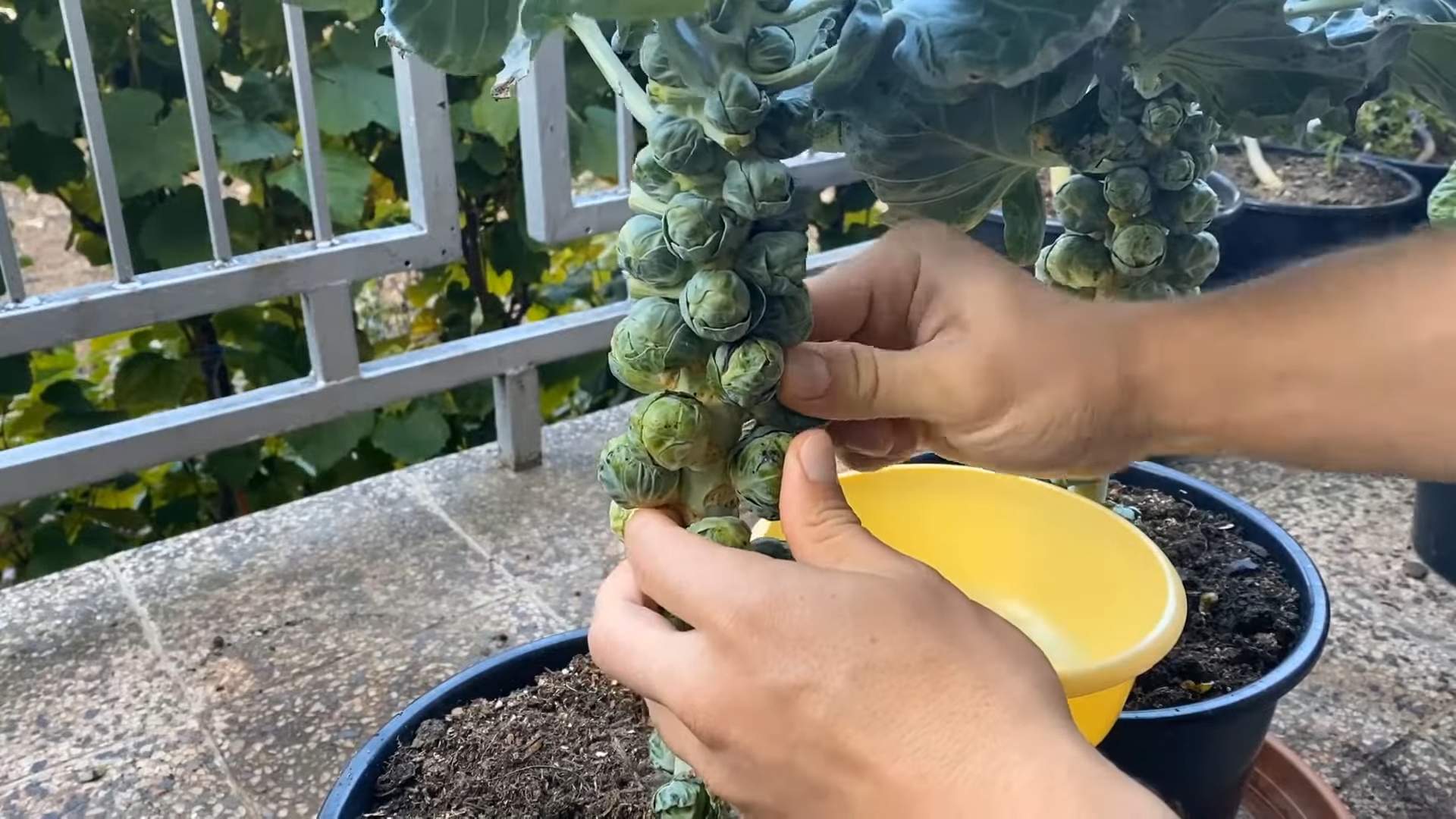
Compact Brussels Sprout Growing: A Guide to a Bumper Harvest in Small Spaces
Growing Brussels sprouts can seem daunting, especially if you have limited space. But don’t worry! With a little planning and these tips, you can enjoy a delicious harvest even in a small garden, balcony, or even large containers.
Choosing the Right Variety
- Select compact varieties: Look for Brussels sprout varieties specifically bred for smaller spaces. These are usually described as “dwarf” or “compact” on seed packets. They’ll produce a good yield without taking up excessive room.
- Consider your climate: Choose a variety suited to your growing season. Check the days to maturity on the seed packet to ensure they’ll have enough time to mature before the first frost.
- Read reviews: Before committing to a specific variety, check online reviews from other gardeners. This can give you valuable insights into the plant’s performance and yield.
Starting Your Brussels Sprouts
- Start seeds indoors (optional but recommended): I highly recommend starting your Brussels sprout seeds indoors 6-8 weeks before the last expected frost. This gives them a head start and increases your chances of a successful harvest. Use seed starting mix, not garden soil.
- Sow seeds: Sow seeds about ¼ inch deep in small pots or seed trays. Keep the soil consistently moist but not soggy. A seed starting heat mat can help speed up germination.
- Thin seedlings: Once seedlings have their first true leaves, thin them to one strong seedling per pot. This prevents overcrowding and allows for better growth.
- Harden off seedlings: Before transplanting outdoors, gradually acclimate your seedlings to outdoor conditions. This process, called hardening off, reduces transplant shock. Start by placing them outside for a few hours each day, gradually increasing the time over a week.
Transplanting and Planting
- Prepare the soil: Brussels sprouts need well-drained, fertile soil. Amend your soil with compost or other organic matter to improve its structure and nutrient content. A soil test can help determine if you need to add any specific nutrients.
- Choose your location: Select a sunny location that receives at least 6-8 hours of sunlight per day. Ensure good air circulation to prevent fungal diseases.
- Space plants appropriately: For compact varieties, space plants 12-18 inches apart. This allows for adequate growth and prevents overcrowding. If you’re growing in containers, choose appropriately sized pots – at least 5 gallons per plant.
- Transplant carefully: Gently remove seedlings from their pots, being careful not to damage the roots. Plant them at the same depth they were growing in their pots. Water thoroughly after transplanting.
Ongoing Care
- Water regularly: Keep the soil consistently moist, especially during dry periods. Water deeply and less frequently rather than shallowly and often. Mulching helps retain soil moisture.
- Fertilize as needed: Feed your Brussels sprouts with a balanced fertilizer every few weeks. Follow the instructions on the fertilizer packaging. Avoid over-fertilizing, which can lead to excessive leaf growth at the expense of sprout production.
- Weed regularly: Keep the area around your plants free of weeds to prevent competition for nutrients and water.
- Pest and disease control: Monitor your plants regularly for pests and diseases. Address any issues promptly using appropriate organic or chemical controls. Good air circulation helps prevent many fungal diseases.
- Support plants (if necessary): Some compact varieties may still need support, especially if they produce a heavy crop. Use stakes or cages to prevent the plants from flopping over.
Harvesting Your Brussels Sprouts
- Harvest in stages: Don’t wait until all the sprouts are ready to harvest. Start picking the lower sprouts when they are firm and about 1-2 inches in diameter. This encourages the development of more sprouts higher up the stem.
- Harvest from the bottom up: Begin harvesting from the bottom of the stalk and work your way up. This allows the upper sprouts to continue to develop.
- Harvest before frost: Harvest your Brussels sprouts before the first hard frost. Frost will damage the sprouts, making them less palatable.
- Proper storage: Store harvested Brussels sprouts in a cool, dark, and humid place. They can be stored in the refrigerator for up to a week or frozen for longer storage.
Troubleshooting
Yellowing Leaves:
Yellowing leaves can indicate several issues, including nutrient deficiencies, overwatering, or pests. Check your watering practices, soil nutrient levels, and inspect the plants for pests.
Small Sprouts:
Small sprouts can result from insufficient sunlight, poor soil conditions, or overcrowding. Ensure your plants receive adequate sunlight, amend the soil if necessary, and provide sufficient spacing between plants.
Pest Infestations:
Common pests include aphids, cabbage worms, and slugs. Regularly inspect your plants and take appropriate action to control infestations using organic or chemical methods. Consider using row covers to protect plants from pests.
Container Growing Considerations
If you’re growing Brussels sprouts in containers, pay close attention to watering needs, as containers dry out more quickly than in-ground plantings. Use high-quality potting mix that drains well but retains moisture. Consider using self-watering containers to simplify watering.
Remember, patience and consistent care are key to a successful Brussels sprout harvest. Even in a small space, you can enjoy the rewards of homegrown vegetables!
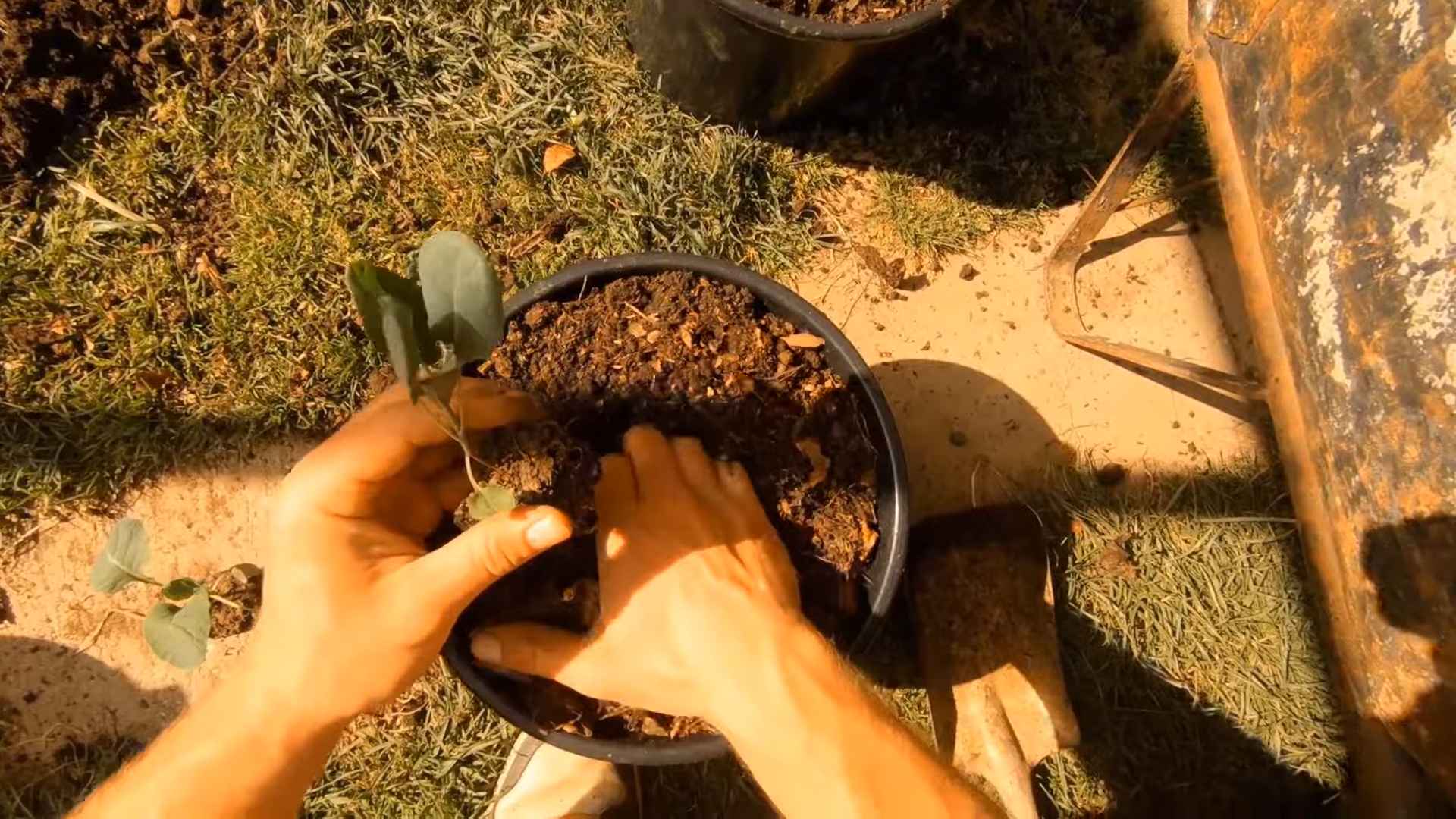
Conclusion
So there you have it – a complete guide to achieving bountiful harvests of compact Brussels sprouts right in your own backyard, even with limited space! This compact Brussels sprout growing technique isn’t just about saving space; it’s about maximizing yield and enjoying the unparalleled flavor of homegrown vegetables. By following these simple steps, you’ll bypass the often disappointing supermarket sprouts and cultivate your own intensely flavorful, perfectly sized Brussels sprouts. The satisfaction of nurturing these plants from seed to harvest is truly rewarding, and the taste difference is undeniable. This method allows you to grow more sprouts in less space, making it ideal for urban gardeners, balcony farmers, or anyone looking to optimize their garden’s productivity. The compact nature of the plants also makes harvesting easier and less time-consuming. You’ll be amazed at the difference in taste and quality compared to store-bought sprouts. This DIY trick is a game-changer for anyone who loves Brussels sprouts or wants to experience the joy of growing their own food.
Don’t be afraid to experiment! This method provides a solid foundation, but you can adapt it to your specific needs and preferences. Try different varieties of Brussels sprouts to discover your favorites. Some varieties are known for their sweeter flavor or resistance to certain diseases. Consider companion planting – incorporating herbs or flowers that repel pests and attract beneficial insects can further enhance your harvest. You can also experiment with different soil compositions and fertilization techniques to optimize growth. Perhaps you’ll discover that adding compost tea or using a specific type of fertilizer yields even better results. The possibilities are endless!
We strongly encourage you to try this compact Brussels sprout growing method and share your experiences with us! Post pictures of your thriving plants and delicious harvests on social media using #CompactBrusselsSprouts. We’d love to see your success stories and learn from your experiences. Whether you’re a seasoned gardener or a complete beginner, this technique is accessible and rewarding. Embrace the challenge, enjoy the process, and savor the delicious results of your hard work. You’ll be surprised at how easy it is to grow your own incredibly flavorful Brussels sprouts, even in a small space. So, get your seeds, get your soil, and get growing!
Frequently Asked Questions
Q: What type of soil is best for growing compact Brussels sprouts?
A: Brussels sprouts thrive in well-drained, fertile soil with a slightly acidic pH (6.0-6.8). Amend heavy clay soils with compost or other organic matter to improve drainage and aeration. Sandy soils may benefit from the addition of peat moss or other organic matter to retain moisture.
Q: How much sunlight do compact Brussels sprouts need?
A: Compact Brussels sprouts need at least 6-8 hours of direct sunlight per day for optimal growth. Choose a location in your garden that receives ample sunlight throughout the day. Insufficient sunlight can lead to poor growth and reduced yields.
Q: When is the best time to plant compact Brussels sprouts?
A: The best time to plant Brussels sprouts depends on your climate. In cooler climates, start seeds indoors 6-8 weeks before the last expected frost. In warmer climates, you can direct sow seeds after the last frost or start seedlings indoors a few weeks earlier. Aim for a planting time that allows the plants to mature before the first hard frost of autumn.
Q: How often should I water my compact Brussels sprouts?
A: Water your compact Brussels sprouts regularly, especially during dry periods. Aim to keep the soil consistently moist but not waterlogged. Overwatering can lead to root rot, while underwatering can stunt growth. The frequency of watering will depend on your climate, soil type, and weather conditions. Consider using a moisture meter to monitor soil moisture levels.
Q: What are some common pests and diseases that affect compact Brussels sprouts?
A: Common pests include aphids, cabbage worms, and flea beetles. Diseases include downy mildew and clubroot. Regularly inspect your plants for signs of pests and diseases. Use appropriate pest control methods, such as insecticidal soap or neem oil, to manage pests. Practice crop rotation to prevent the buildup of soilborne diseases.
Q: How do I harvest compact Brussels sprouts?
A: Harvest Brussels sprouts when they are firm and about 1-2 inches in diameter. Begin harvesting from the bottom of the stalk and work your way up. You can harvest sprouts over several weeks, picking only the mature sprouts as needed. Avoid harvesting all the sprouts at once, as this can stress the plant.
Q: Can I grow compact Brussels sprouts in containers?
A: Yes, you can grow compact Brussels sprouts in containers, making them ideal for small gardens or balconies. Choose large containers (at least 10 gallons) with adequate drainage holes. Use a high-quality potting mix and ensure the containers receive sufficient sunlight.
Q: What are the benefits of growing compact Brussels sprouts compared to traditional varieties?
A: Compact Brussels sprouts offer several advantages, including space-saving, increased yield in a smaller area, easier harvesting, and often improved disease resistance due to better air circulation. They are perfect for small gardens, containers, or anyone looking to maximize their harvest in a limited space. This compact Brussels sprout growing method is a fantastic way to enjoy this delicious vegetable even if you don’t have a large garden.

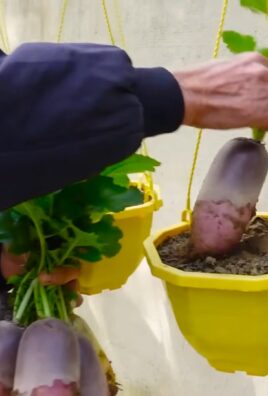
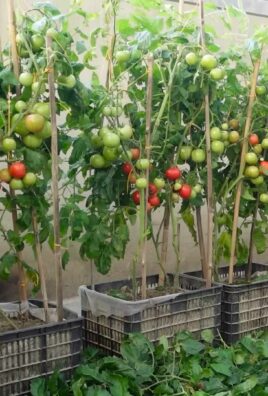
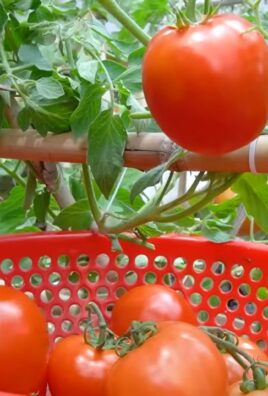
Leave a Comment